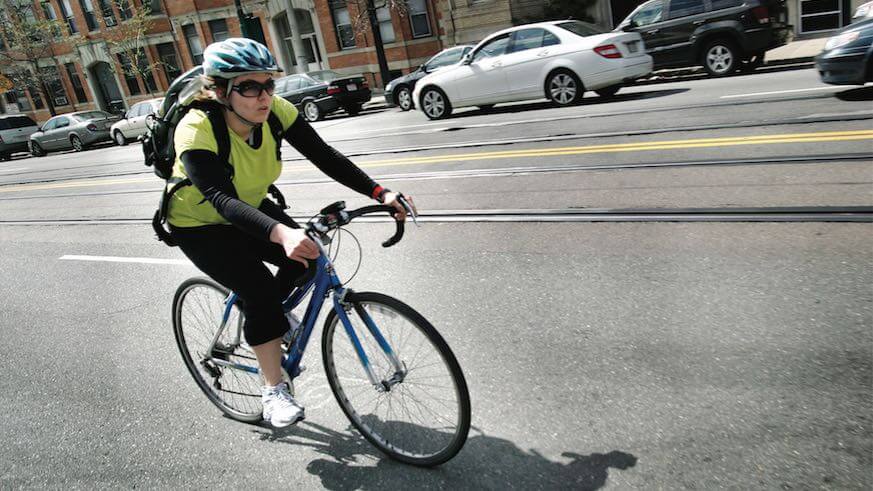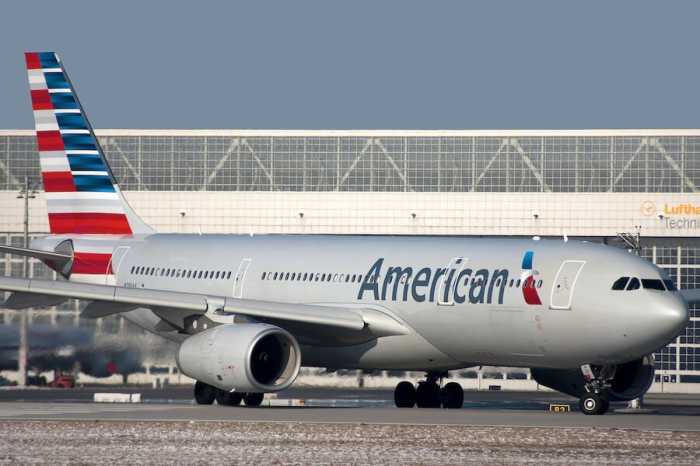The city of Philadelphia released its Vision Zero Action Plan on Thursday, Sept. 28. It outlines actions that will make Philadelphia a better, safer place to travel, and comes after several years of advocacy from outside groups, including the Bicycle Coalition of Greater Philadelphia.
The plan is good. It uses statistics, public comments and strategies used elsewhere to create a three-year roadmap to eliminate all traffic deaths in Philadelphia by 2030.
I recommend everyone read the plan over at VisionZeroPHL.com. In the meantime, here are three big ideas from the plan Philadelphia should implement as soon as possible.
Neighborhood slow zones
Philadelphia experiences about 100 traffic deaths each year. And these deaths too often take place on neighborhood streets where, if the driver responsible for the crash were driving the correct speed limit, a death could have been avoided. Studies have shown that motor vehicle-on-pedestrian crashes at 20 miles give the pedestrian a 90 percent chance of survival. At 40 miles per hour, the pedestrian is 10 percent likely to live.
The people leading their local communities know where the problem areas are. They know where drivers are acting most dangerous. Last year, members of the Bicycle Coalition of Greater Philadelphia conducted timed speed tests and spoke to neighbors at 63rd and Lansdowne, where 8-year-old Jayanna Powell was killed by a hit-and-run driver.
People driving vehicles, unsurprisingly, were regularly violating the limit there, and everyone knew about it. One man, who witnessed the hit-and-run, said he’s been reporting problems with 63rd Street to the city for years.
“It’s a shame, but it’s not the first time this type of [expletive] happened up here,” he said.
Neighborhood slow zones could help empower communities to make engineering changes in problem areas. New York City has already done this, which has resulted in “a 10-15 percent decrease in speeds, 14 percent reduction in crashes with injuries and 31 percent reduction in vehicles injuries,” according to NYC DOT.
Public education campaigns
Speed kills. It is one of the leading causes of traffic injuries and deaths not only in Philadelphia, but the entire country. 37,461 people were killed on U.S. roads in 2016, a 2.6 percent spike since 2015, and pedestrian deaths have now hit their highest level since 1990.
Philadelphia has a clear high-injury network of streets where 50 percent of all traffic deaths and severe injuries occur. But ask the average citizen about this, and what is being done about it, and you’re likely to get a blank stare. It’s important that a Vision Zero plan comes with a public education campaign to help change the culture of motor vehicle and transportation use in the city.
Authorize professionals to make safety decisions
People riding bicycles on city streets creates less congestion, less pollution, and increases safety for all road users. But in 2012, Philadelphia City Council passed a law giving themselves authority over engineering plans as it pertains to bike lanes which take away a lane of traffic or parking, and other safety measures. Philadelphia is unique in that politicians — not safety experts and engineers — have final say over safety and engineering decisions.
The implementation of bike lanes, and the rise in bicycling in general, has slowed in Philadelphia since the law was created. No-brainer safety fixes have been blocked or slowed — even along the city’s high-injury crash network.
As Philadelphia’s population continues increasing, the streets increasingly do not have the capacity for everyone to drive a car everywhere. It’s better for everyone if more people who are able to, opt for a bicycle, public transportation, or walk the pavement.




























